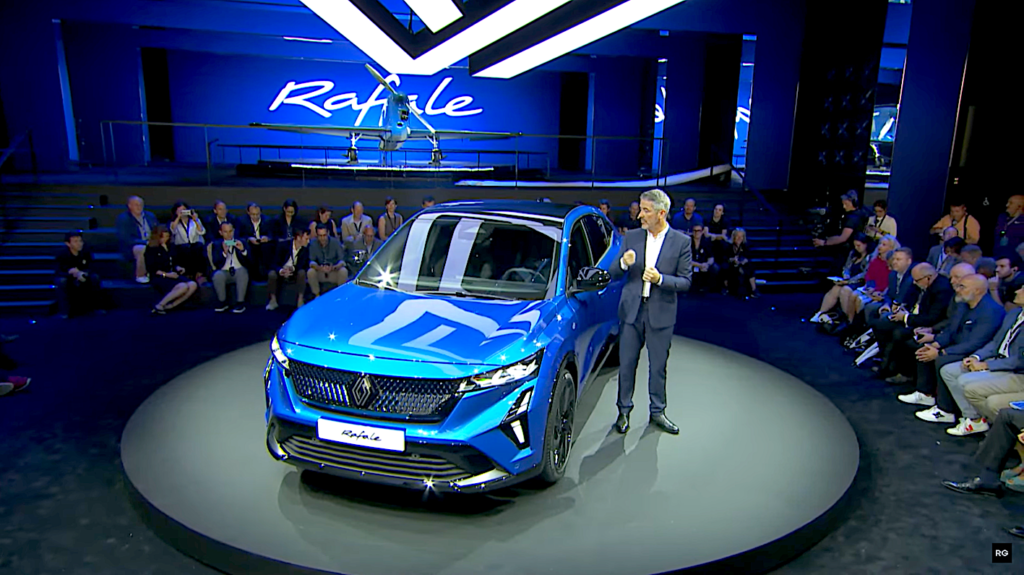
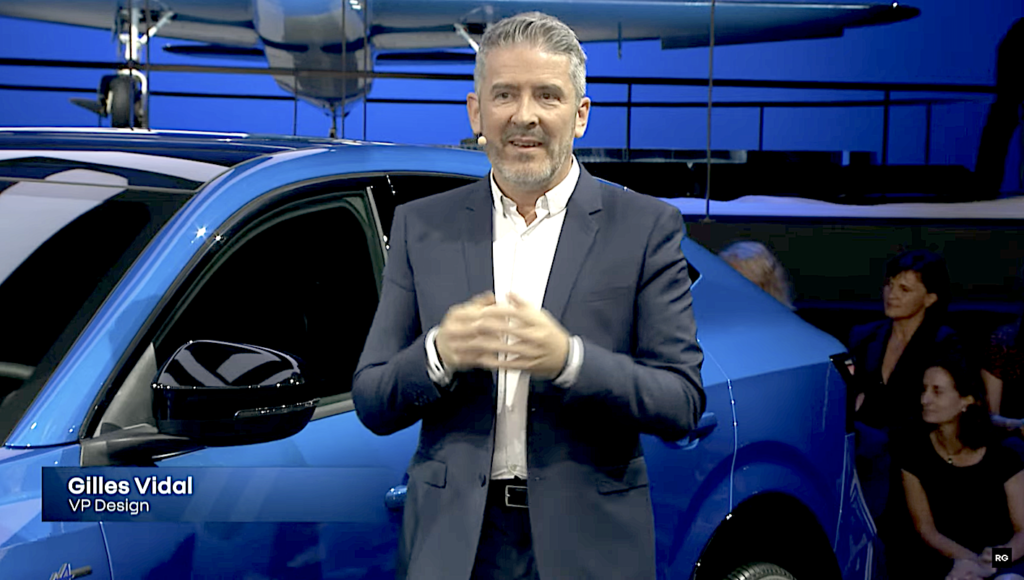
Barely three years after moving from Peugeot design to Renault design, Gilles Vidal has begun to leave his mark on the styling of new Renault models. We’re going to try to decipher the design of the new Renault models in order to understand when the ‘Vidal stamp’ was first put on these vehicles and why they have a few Peugeot cells – if not all the Peugeot DNA – coursing through their veins.

In 2020, the mercato of designers between the Renault group and Stellantis was in full swing, with Gilles Vidal the centrepiece of the chessboard. His arrival at Renault is causing a siphoning effect (*) with, among others, the departures from Peugeot and Peugeot-Lab for the Renault group (in addition to that of Vidal) of Sandeep Bhambra (ex-Peugeot, head of Concept Cars), Vadim Gilca, Julien Debomy, Raphaël Cœlho de Macedo and Gaëtan Fumaz (ex-Peugeot Lab for Alpine).
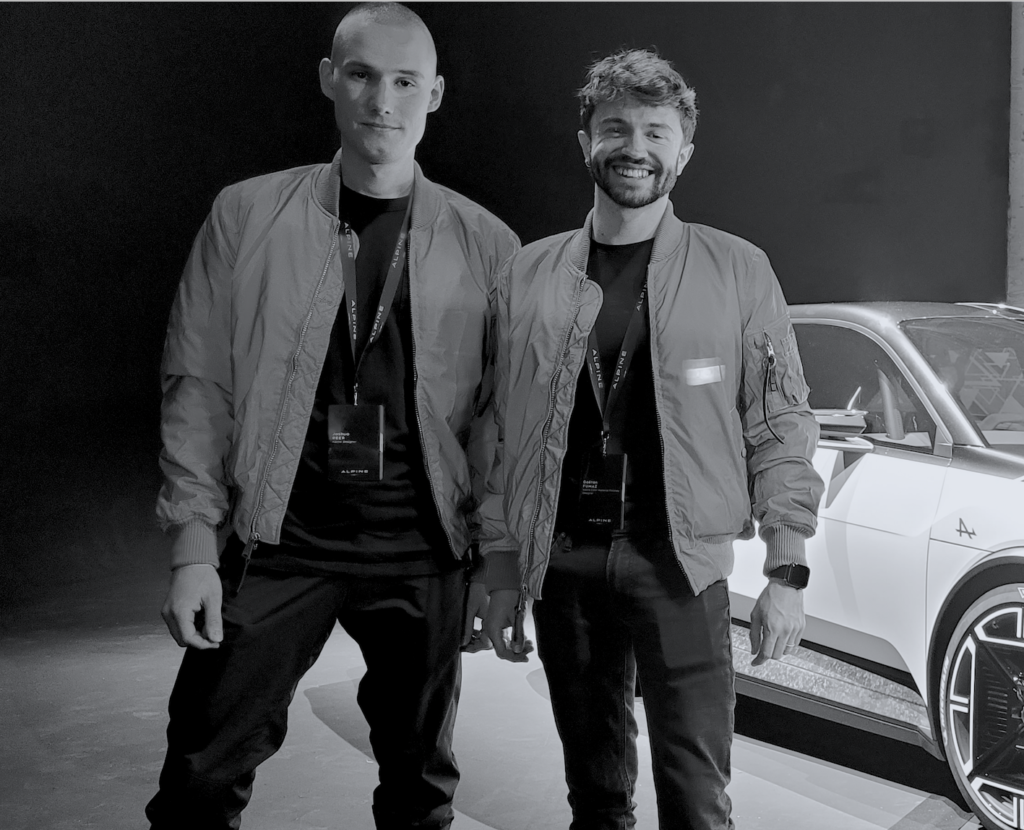
The siphon effect has also affected Citroën, with the double chevron carmaker registering the departures – not an exhaustive list… – Hélène Veilleux, Romain Gauvin and Raphaël le Masson to Dacia, Renault’s sister brand.
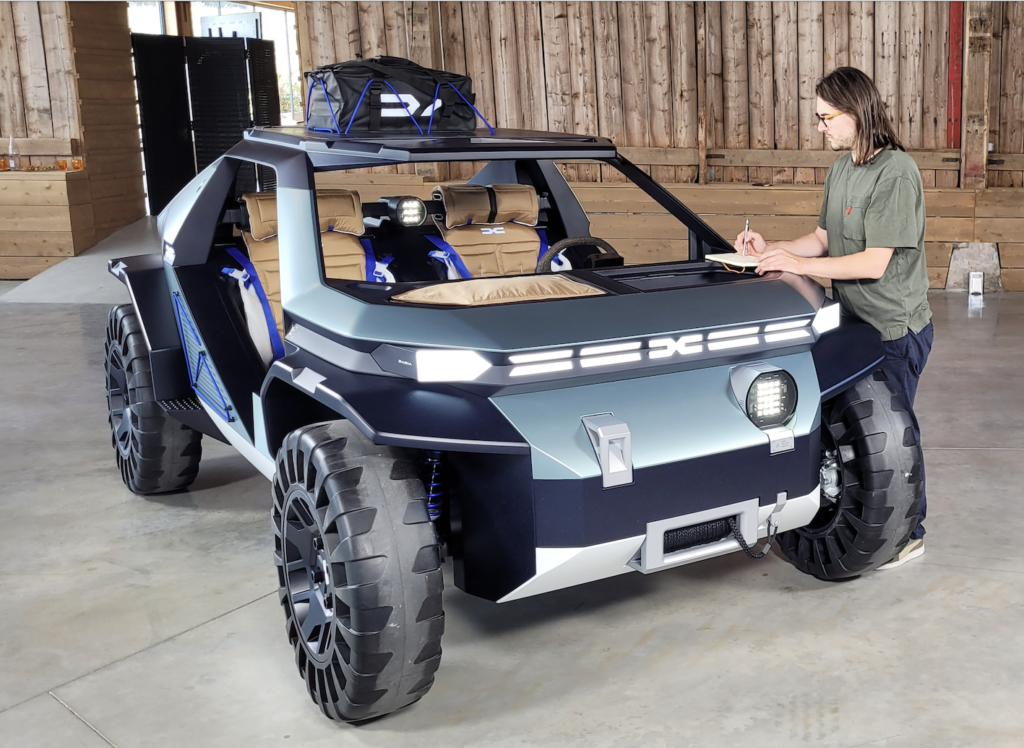
Technically, Renault is offering Gilles Vidal an (almost) brand new design centre, since it was completely overhauled in 2017 to become R*Generation. In terms of technical platforms to be dressed, while he could rely on the modern underpinnings at PSA, he will be relying on four platforms (instead of 13 at present) by 2026 for the Alliance.
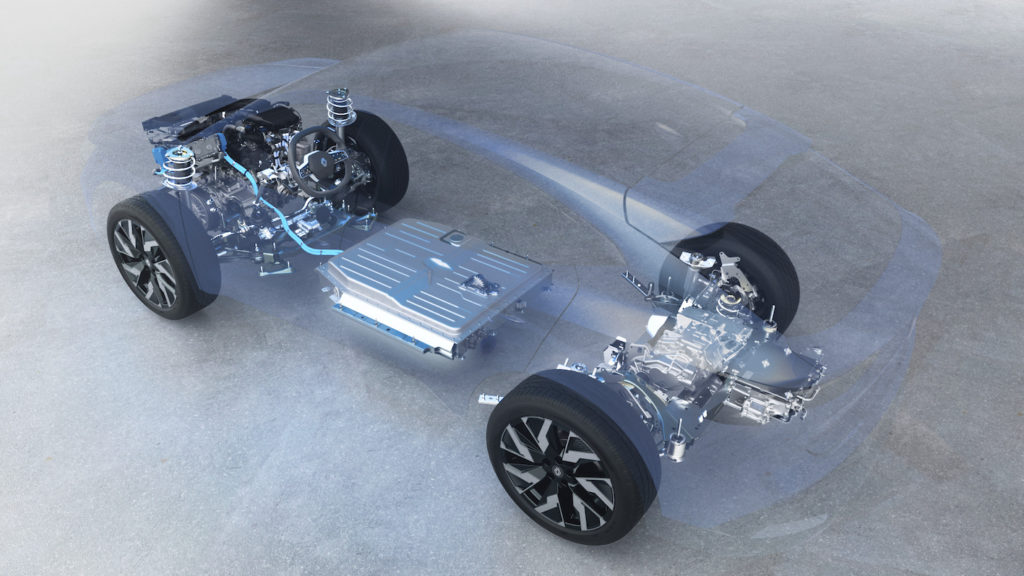
Above all, Gilles Vidal has been reunited with Gilles Le Borgne (below), former head of Research and Development at PSA, who was appointed Director of Engineering at the Renault group the same year as Gilles Vidal! The pairing of Gilles and Luca de Meo’s love of the product is undoubtedly a solid and effective strike force. Just look at the ultra-rapid development of the three Austral-Espace-Rafale models, and you’ll see who’s going to make a lot of money!

However, Gilles Vidal, like all his colleagues who move from one brand to another, has had to eat his heart out over the last three years: the Austral is not his work, nor is the entire Espace. On the other hand, he has had time to work on the new Rafale project. In its entirety? We can’t say. But it’s clear that the Rafale bears his stamp, and that goes far beyond the simple soft-nose that incorporates all the codes of the formal language of… Peugeot!
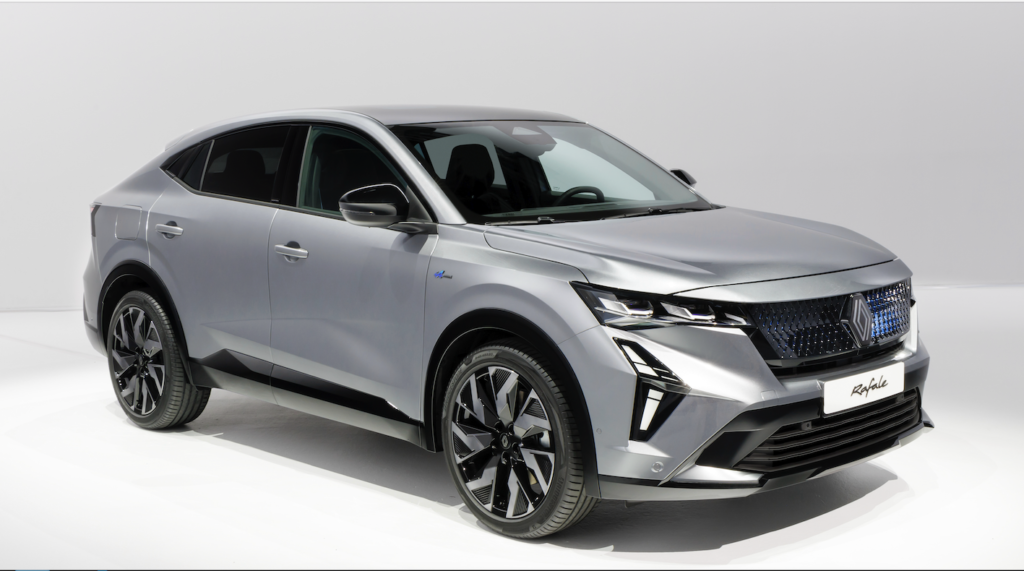
When Vidal’s transfer to Renault was announced, we wrote that “the battle between the new Renault design teams and those now led by Matthias Hossann at Peugeot will be unbalanced, since Gilles arrives at Renault with Peugeot’s product plan in mind. Whereas, according to the latest news, Laurens van den Acker (then head of Renault design, now head of Renault Group design) is not supposed to know Peugeot’s plans! And even if Gilles Vidal is bound to reject any idea of copying and pasting styling, it’s not certain that he will want to abandon innovative concepts that have already been thought up at Peugeot”.
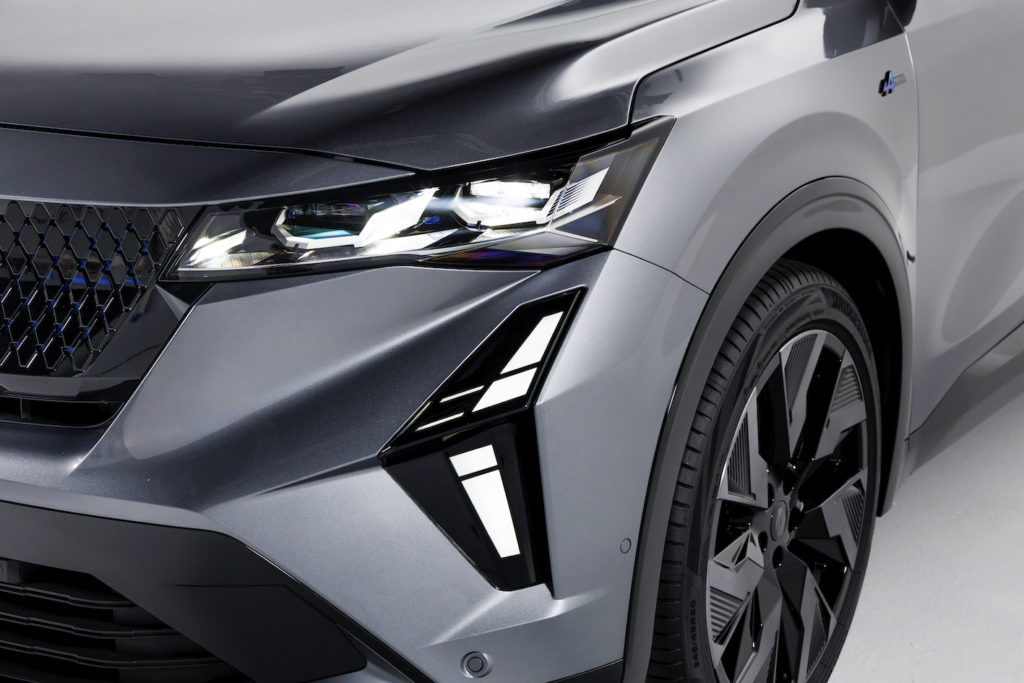
The opposite is actually happening. When we see the next 3008 before the end of the year, we’ll be able to see – even more than today with the Rafale – that Renault seems to be copying and pasting! Of course, all this has been achieved with a certain talent, since Gilles Vidal and his teams have transformed the Lion’s claws into a form of dematerialised Renault diamond. But the effect is the same! What can we say about the headlamps, which, thanks to technology, remain identical or almost identical on the Rafale, 408 and future 3008. Here again, Gilles Vidal’s team can hide behind this famous technology to explain the similarity.
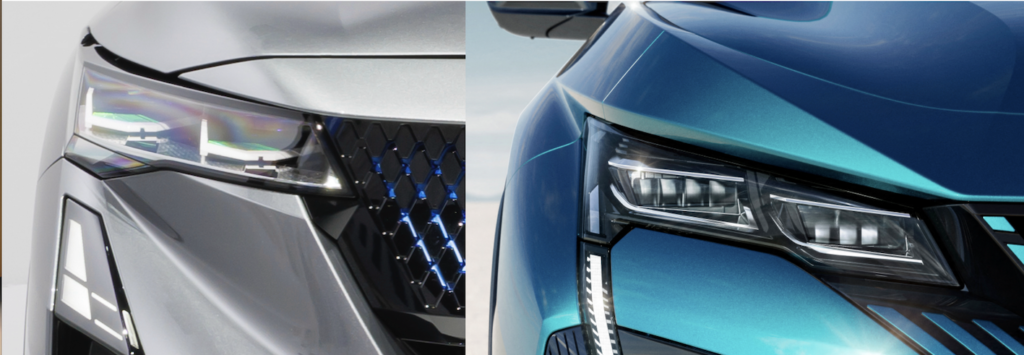
As far as the design language and its key words are concerned, Gilles Vidal explains in the press release presenting the Renault Rafale that it “powerfully illustrates the brand’s new design language. It is in keeping with the brand’s DNA, with generous curves treated with great precision, combined with lines of tension and technical details that bring character and sophistication to the whole. Without anticipating the presentation of the future 3008, we could certainly take these words and copy and paste them onto Matthias Hossann’s hypothetical speech.
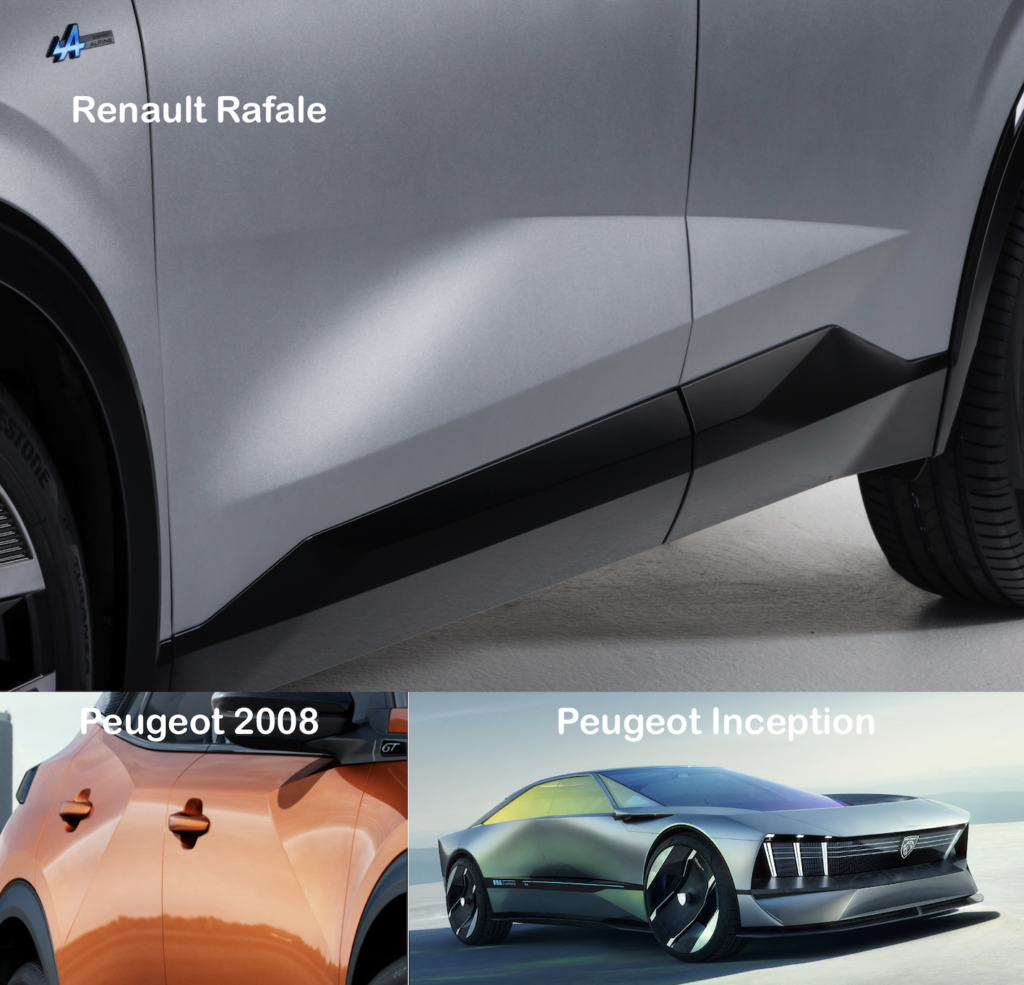
Take the sides of the Rafale, for example. The embossed treatment of the sides, where two sharp edge lines fade into a curved volume, is typically the result of work shared by Peugeot and Renault. One only has to look at the treatment of the latest Peugeot Inception concept car to understand that this theme is now common to both French manufacturers.
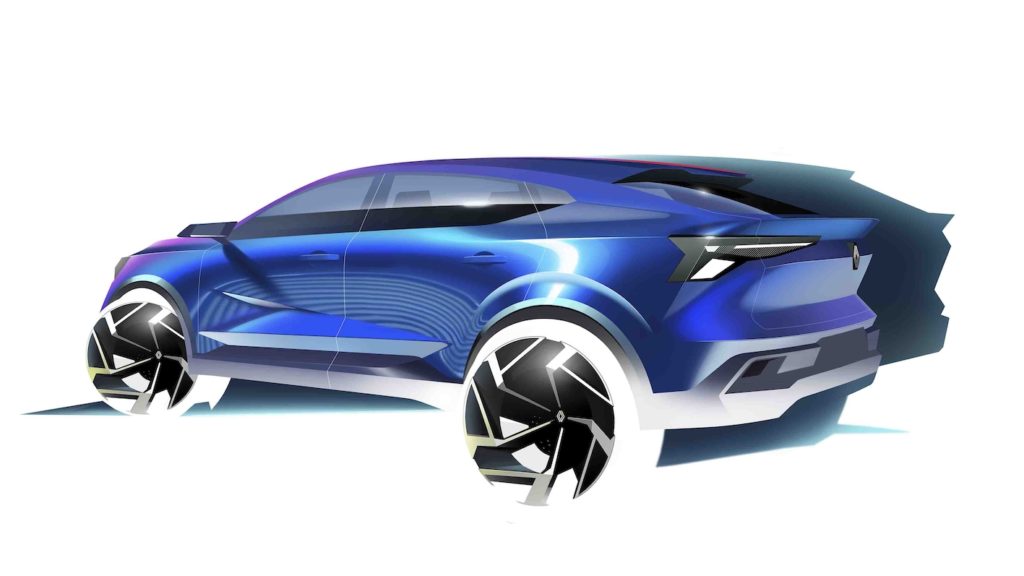
So, yes, the Renault design is very reminiscent of Peugeot. But can you blame Renault’s management and, by domino effect, Gilles Vidal’s team for rethinking Peugeot’s success using Renault codes? Of course not! But this statement is accompanied by a debate: shouldn’t a designer, a newcomer to a brand, immerse himself in the historic DNA of the manufacturer? Should they raze everything to the ground? At Renault, without going back to the 1960s-1970s, the products of the Patrick le Quément era blithely crossed – sometimes too much, let’s not deny it – the boundaries of concept rather than simple style. This is no longer the case today.
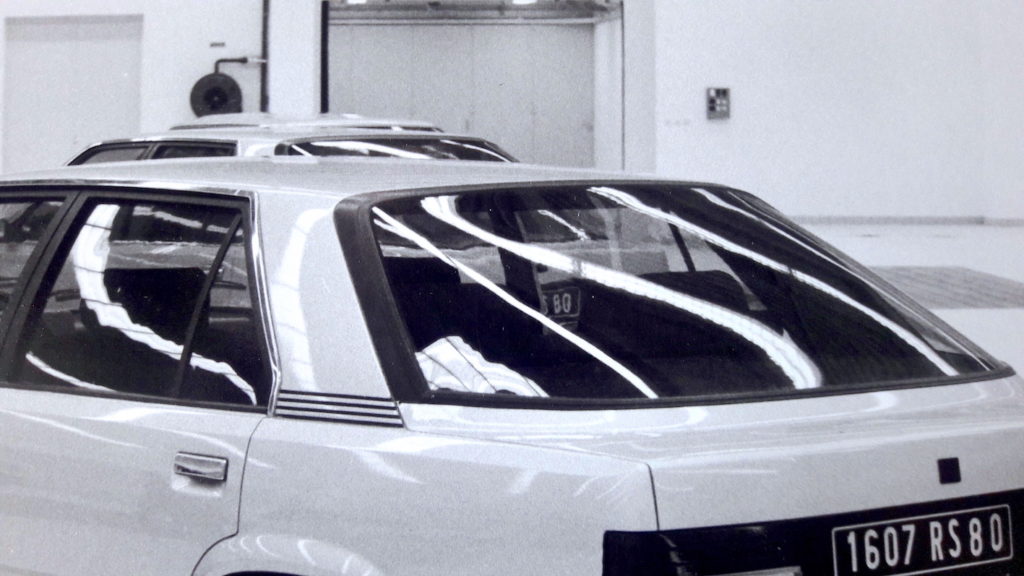
Two older examples: at Renault, the theme of the bubble (above) as a rear window was a strong theme (Fuego-R25 in particular) and with today’s increasingly important aerodynamic research for electric cars, wasn’t it a way forward? What’s more, isn’t the ‘one-box’ concept (below) now being developed by, among others, Alexandre Malval at Mercedes (this designer was also responsible for Citroën’s design…) also part of Renault’s DNA?
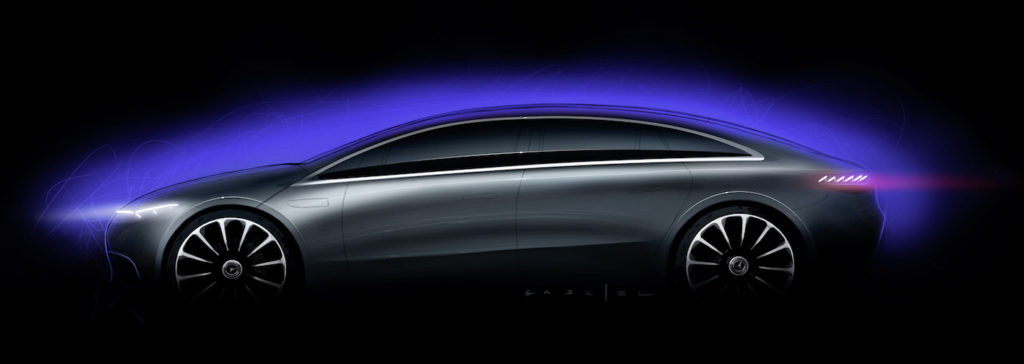
And the future? The arrival of the Renault 5 electric, whose styling is the work of the team led by François Leboine at the time, will bring the Vidal signature to the fore, but mainly on board. This is the challenge facing Renault’s new design boss: to boost interior design, where Renault was lagging behind Peugeot.
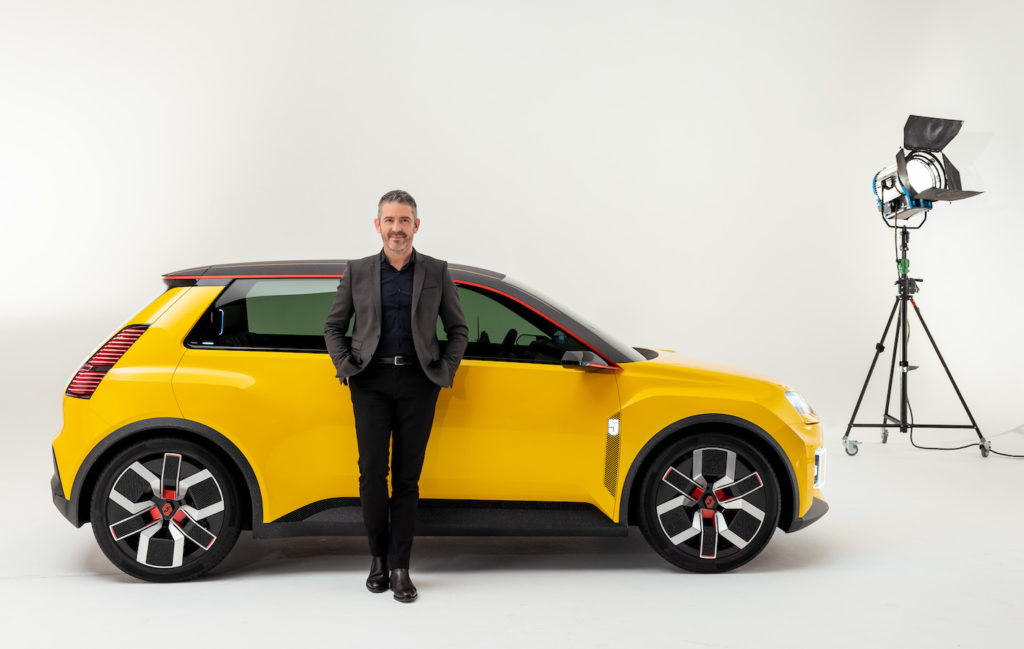
Here again, Vidal arrived at a time when the design of the modern and aesthetically pleasing Mégane E-Tech dashboard was stuck in the drawing board. That’s another of Vidal’s lucky breaks: arriving at Renault just as the planets were beginning to align.
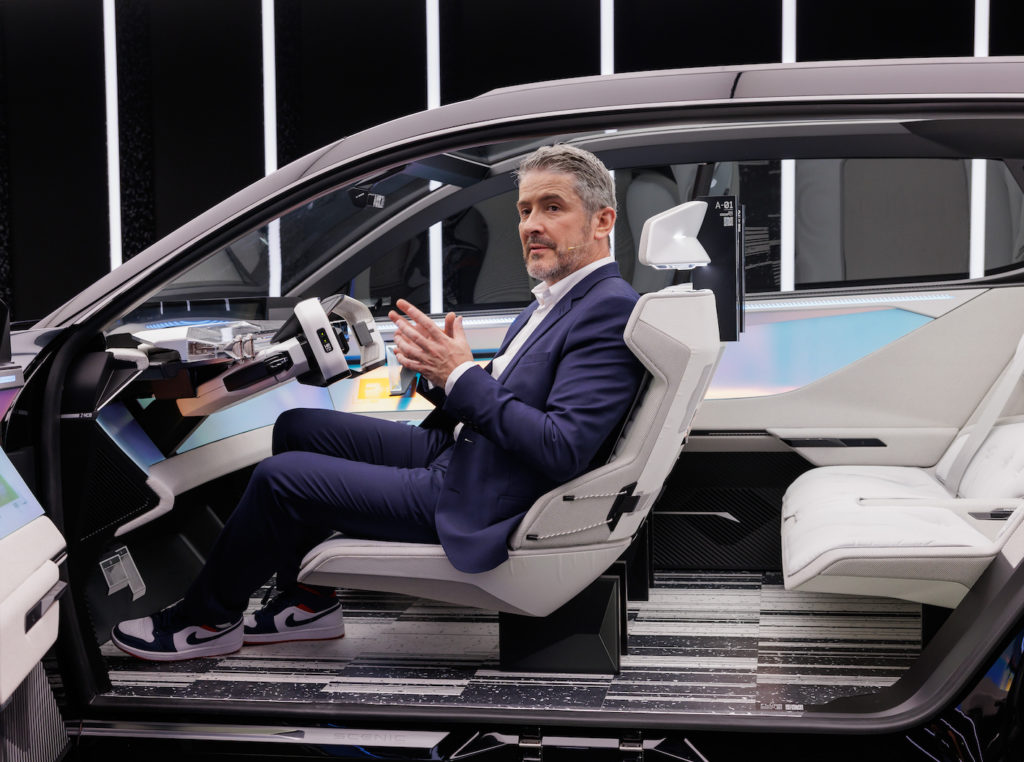
In fact, it is on board the Peugeots and Renaults of tomorrow that the rivalry will be most exciting to watch. For the work of the two rival design teams is extremely ahead of some of their competitors. We’re talking here not only about design and concepts, but also about research into new, sustainable materials. In this respect, everything that will arrive at Renault tomorrow will be the work of Vidal’s team. But Matthias Hossann’s team is no slouch, as demonstrated by the arrival in 2006 of the Hypersquare, the new futuristic steering system (below).
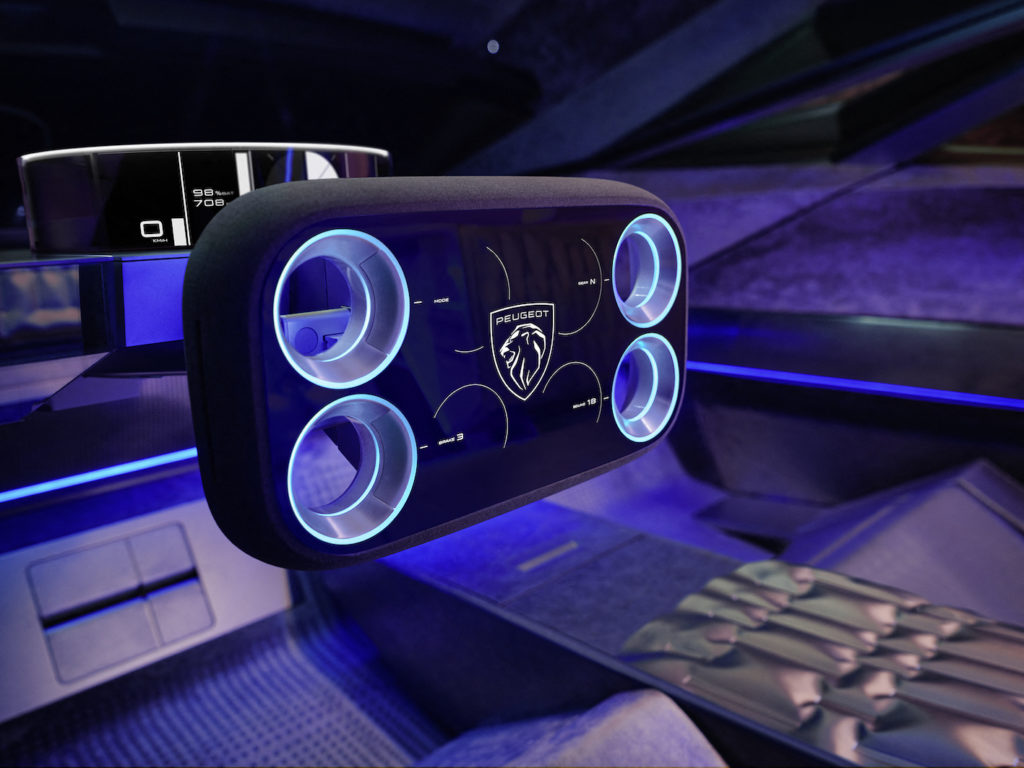
Finally, here’s what Gilles Vidal had to say in an interview with LIGNES/auto when he was still at Peugeot: “The company is not there to please the designers. We have a mission in this company, we have fun on this mission and we think that we will be competitive! So, no, our designers are not frustrated! The same goes for the “Gilles Vidal” made in Renault!
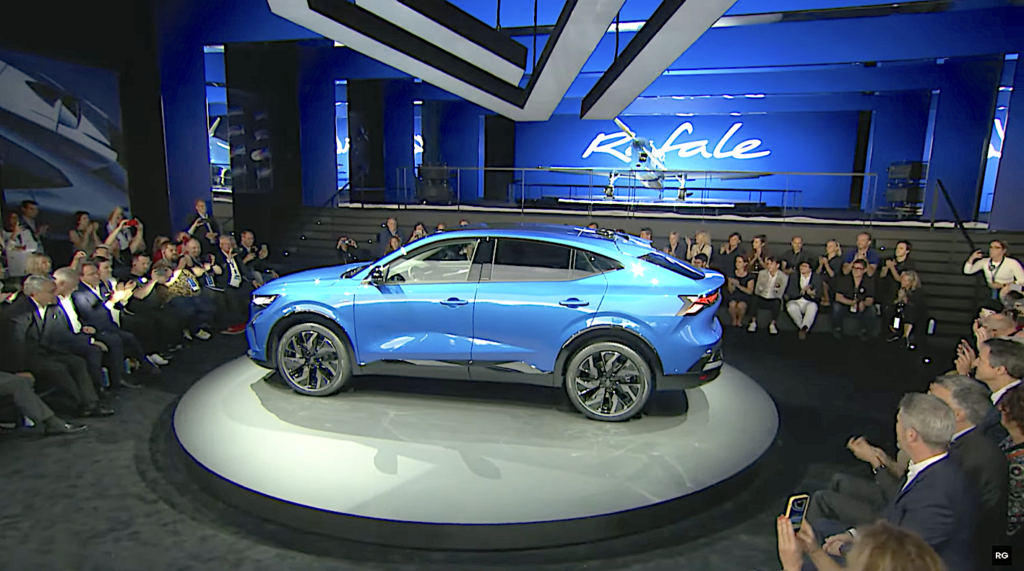
(*) The arrival of Gilles Vidal at Renault has resulted in a large number of Stellantis designers leaving the company. But also from Renault to other manufacturers. These include the departure of Anthony Lo, Laurens van den Acker’s right-hand man, as well as that of François Leboine (former head of concept cars at Renault) to head up Fiat design at Stellantis in Turin.

